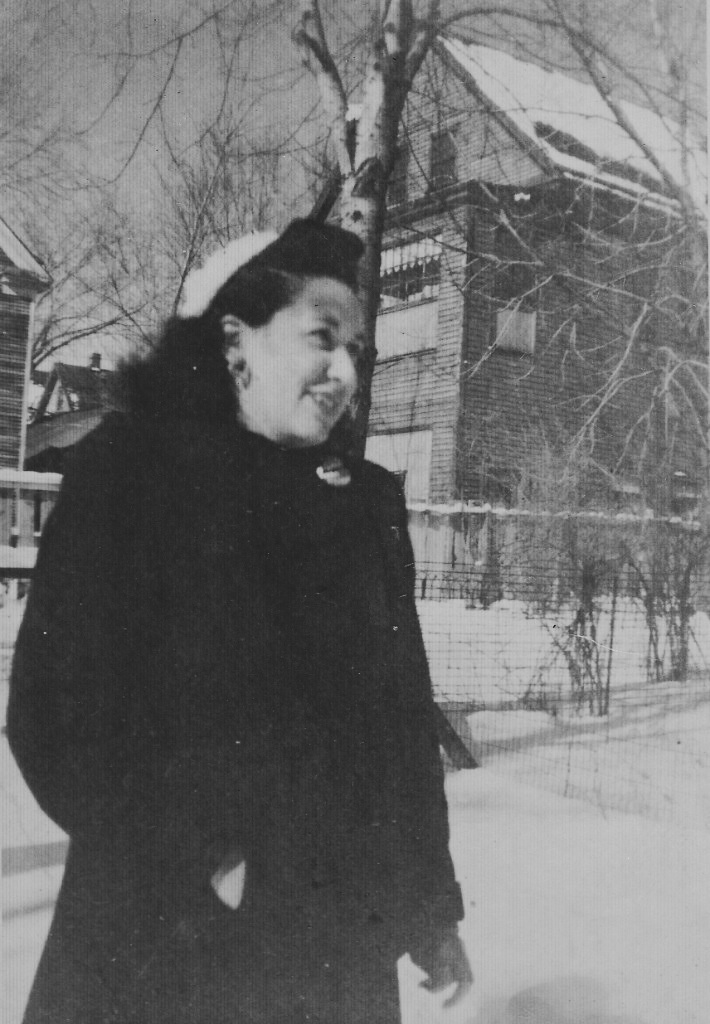I can’t remember how old I was when my grandma’s hot water tank sprung a leak. She lived in a small apartment, and the tank was in a closet. The same closet where she stored her family pictures. I also don’t know how many pictures were lost. She was so upset that she threw them away before she told the rest of us what had happened. Only a fraction of the photos she had survived.

The thing is, you never know when catastrophe will strike. Photos are irreplaceable artifacts of our history and our identity. They are precious objects passed down through families, yet they are very delicate and easily lost.
Part of my inspiration for starting photoxo was my desire to reconnect with my own lost family images. If I could visit various cousins and scan their photos, I’d at least have a digital archive of some of my grands and great grands. The more I thought about this, the more it became clear that this is something that we all need to think about. Think fast.
Photography has existed for 175 years. That’s about five or six generations of pictures, and we are creating more all the time. Odds are you’ve got at least a few hundred (if not a few thousand) photos in boxes, bags, albums, envelopes, frames, files, slide carousels…and that doesn’t even begin to address the thousands of image files you probably have since digital photography really got going about 10 years ago. Are they backed up? Would they survive a flood, fire, or hard drive crash?
For me, scanning photos and establishing a simple and regular backup system is a safeguard against losing precious heirlooms. The technology is here, the storage is cheap, the process is simple. Are you ready to become the steward and archivist of your family history? Make a plan to scan your photos.

